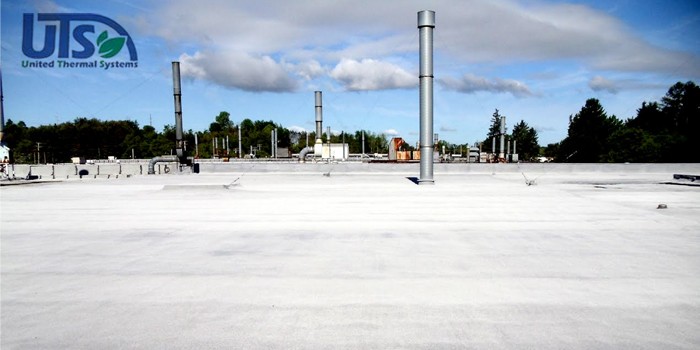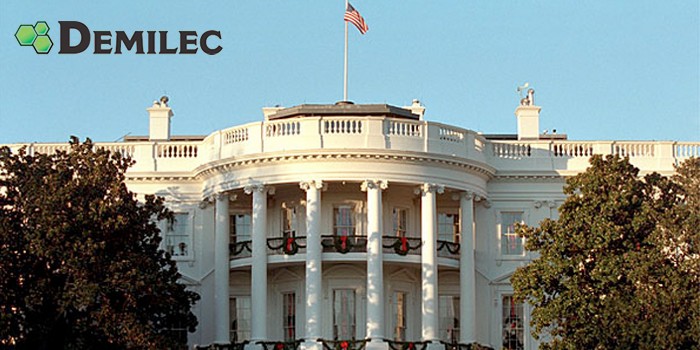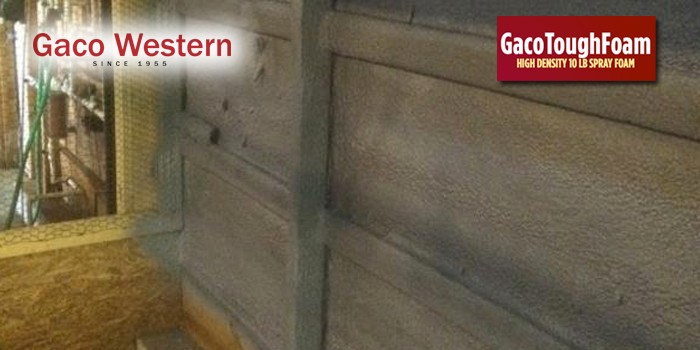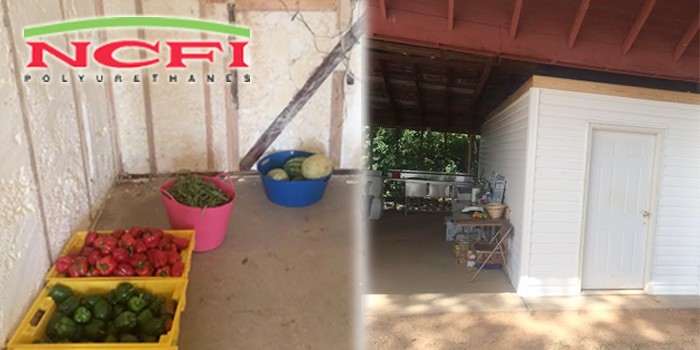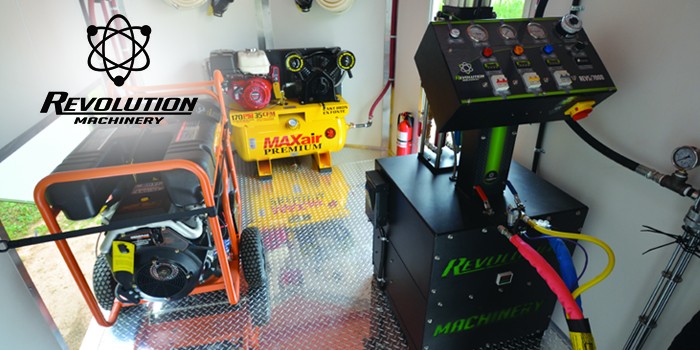Spray Polyurethane Foam Application Helps Wine Tanks Maintain Optimal Temperatures
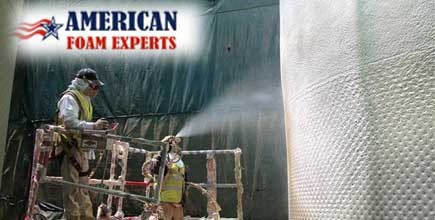
SACRAMENTO, CA – September 19, 2013 – A major concern for wine makers and operators is keeping their product cool inside their tanks after the fermentation process. With energy-consuming cooling systems, vineyard operators are usually having to deal with high power bills that can be easily lowered with robust insulation in place. Case in point: when a California wine maker decided to open his own vineyard, he opted to have SPF installed on the tanks he was constructing for wine storage.
American Foam Experts (AFE) was brought in for the project, which consisted of applying spray polyurethane foam to 98 newly constructed stainless steel wine tanks. The tanks' size ranged from 12 feet tall and 15 feet in diameter to 36 feet tall and 20 feet in diameter. According to AFE's Norm Bahr, the temperature inside the wine tanks will have to be consistently kept at as low as 28ºF, and the application of SPF insulation was the optimal product to guarantee such temperature consistency.

"SPF insulation is the best way to be able to keep the temperature ranges, as requested by there wine maker, inside the tanks," said Bahr. "By and large, it is the most readily effective method of insulating a tank because of its flexibility in dealing with the inlets and outlets of the tanks coupled by the R-value it provides."
The winery was located in a windy area near Sacramento, California that also received intermittent rain during the springtime, which is when the application took place. For harsh weather and overspray protection, the AFE crew constructed a dual spray chamber system with shipping containers. Using a crane, the crew stacked four containers directly on top of each other on three sides of a group of tanks to create a gargantuan spray chamber, and they did this two at a time side-by-side (from a bird's-eye view, it looked like a W). Then, they hung nearly 60 feet of wind screen netting on all sides including the open sides to fully enclose the spray chambers and prevent overspray from getting onto the shipping containers. The crew used straps to tie down each stack of containers so they held tightly in place. Bahr noted that their method proved effective and reduced any extra costs that the use of scaffolding would have generated.
"Our chamber system was a stronger system, easier to erect, and more cost-effective," said Bahr. "With scaffolding, you not only have to worry about the manual labor of putting it up and taking it back down, but you also have a rental price ranging from four to five months to deal with."

"They were building tanks one at a time," said Bahr. "By the time we were done spraying tank one and two, they were still building tanks three and four."
The AFE crew used scissor lifts to work around the wine tanks and applied the foam on the sides and the top of the tank. Crewmembers were outfitted with fresh air respirators and Tyvek suits during the project. The crew then applied an acid etch primer made by Sherwin Williams on each tank to facilitate adhesion of the SPF to the substrate.
The crew installed three inches of 2.8 lb. closed-cell SPF to the sides of the tanks and six inches of 2 lb. closed-cell SPF to the tops of the tanks. Bahr explained that once they completed the tanks inside the first chamber, the crew started working on the tanks in the second chamber. Meanwhile, the crew rolled back the wind screens from the completed tanks of the first chamber and have new tanks put in place. The 98-tank SPF application spanned a total spray area of 313,800 sq. ft.,

The crew had two rigs on site, both equipped with Graco Gusmer H-20/35 Pro proportioners and Graco G-X7 plural-component spray guns. Bahr mentioned that the number of AFE personnel varied when they worked on the bigger tanks as opposed to the smaller ones, but mentioned that an average of five crewmembers worked on site during the application. Using their effective chamber method, as well as working weekends and holidays, the AFE crew was able to complete the project in four months, two months ahead of their preset six month deadline.
Bahr affirmed that the SPF application will help the winery in producing the best wine possible while cutting energy cost.
"The wine makers are confident that insulation provided by SPF on their tanks enables them to closely monitor and control the fermentation process, which creates a lot of heat, in order to produce a better quality wine," said Bahr. "By insulating their tanks, they can substantially downsize the energy consumption of their cooling units and constantly provide the closest temperature to the ideal reactive temperature that the wine makers are looking for."
About American Foam Experts: American Foam Experts s a family owned and operated business that prides itself on quality and performance which goes back three generations. Serving the entire state of California, American Foam Experts works with industrial quality urethane and coating manufacturers that back their products 100 percent. American Foam Experts provides t performance warranties in the industry, as well as 40 years of experience to back it up. For more information on American Foam Experts, please use the contact information and links provided below.
Disqus website name not provided.




